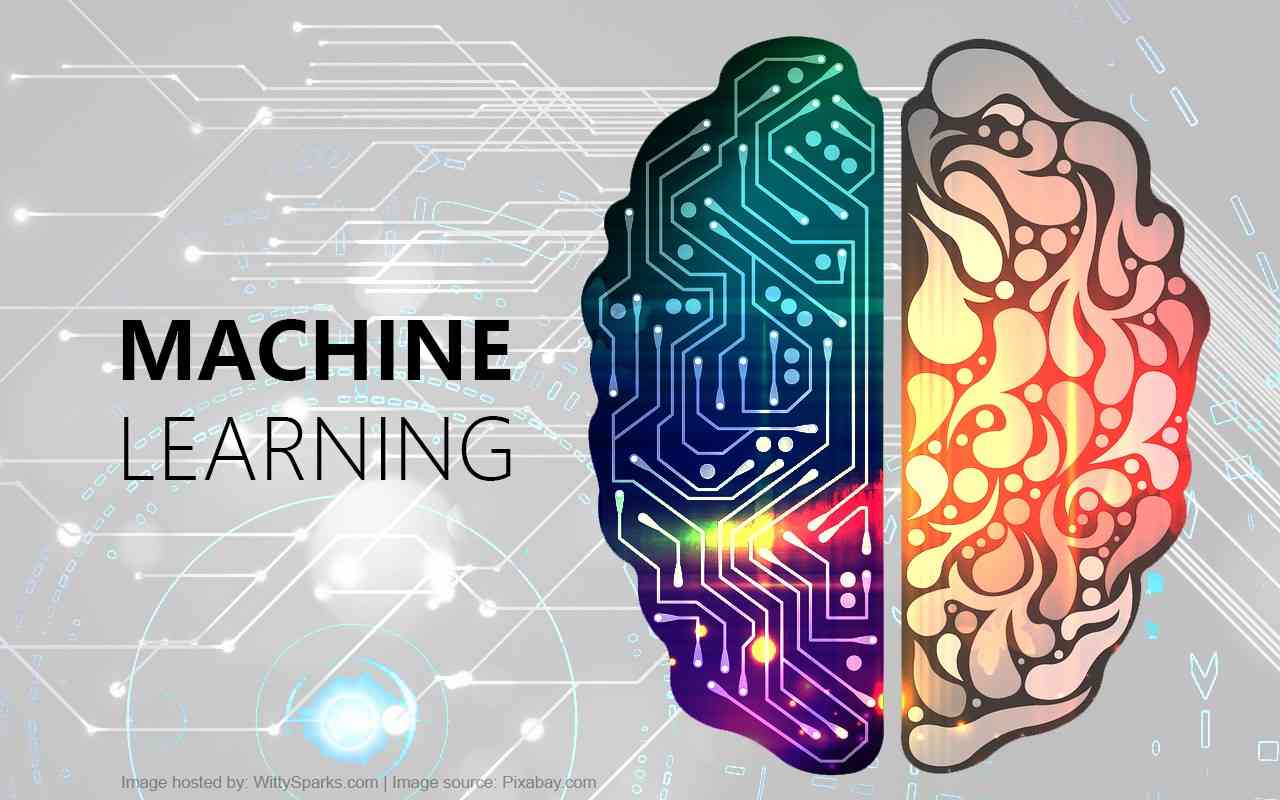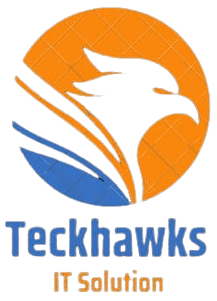How artificial intelligence is transforming various aspects of our lives
Artificial intelligence refers to a class of computer systems capable not only of performing tasks normally associated with human intelligence, but doing so with greater speed, reliability, flexibility and adaptability than any natural system. In the context of AI applications, artificial intelligence is characterized by three core features: machine learning, reasoning and planning. Machine learning algorithms improve their performance over time based on data provided to them. Reasoning involves deriving conclusions about facts. Planning involves determining how best to achieve goals given constraints.
AI is often confused with automation, but they are different. Automation makes use of computer programs whereas AI uses both software and data to learn how to perform tasks. In business, AI has developed applications in marketing, customer service, finance, healthcare, education, law enforcement, logistics, manufacturing, robotics, transportation, and even military operations.
Artificial Intelligence (AI) was born in 1956 at MIT's AI Lab. Since then, it has been developing exponentially. Today, we have machine learning algorithms that help us understand our surroundings and give advice. But what does this mean for humanity? Can AI ever replace humans? Yes! Here are some examples of how AI is transforming various aspects of our lives:
1. Autonomous Vehicle:
An autonomous vehicle is a type of automated motor vehicle that can travel without requiring direct physical control by a human driver. This means they can safely navigate the roads just like normal vehicles do today, except that they don't require constant attention to ensure safe operation.
2. Driverless Cars:
Driverless automobile technology includes technologies designed to enable automobiles to drive themselves. Self-driving cars generally employ a combination of sensors/radar, cameras, GPS, LIDAR, and computers to detect obstacles and changes in road conditions and respond accordingly. A typical software architecture for a driverless vehicle consists of perception, decision making, motion planning, and control layers.
3. Radiology:
Radiology helps physicians detect and diagnose disease. Images obtained from radiography, computed tomography (CT), magnetic resonance imaging (MRI), ultrasound, positron emission tomography (PET), etc., provide vital information about a patient's condition. Imaging modalities help in detecting abnormalities, determining severity, and monitoring progress over time.
4. Telemedicine/Telehealth:
Remote diagnostics and telemedicine facilitate communication between patients and providers across distances. Telemedicine reduces costs associated with travel, eliminates waiting times, and increases access to specialty services.
5. Chatbots/Robots:
Chatbots are programs that simulate conversations with people. These programs may provide information about products and services, answer questions, make suggestions, or complete simple transactions. Robot is a general term that covers various forms of autonomous agents. Robots differ in terms of the degree of autonomy that they exhibit. Autonomous robots are capable of independent action, whereas remotely operated vehicles merely follow preprogrammed instructions.
6. Conversational commerce:
Conversational commerce (CC) is a subset of chatbot application that uses conversational interfaces to facilitate online shopping and business transactions. CC bots serve as customer service representatives or agents and engage customers via voice calls, text messages, images and videos, social media platforms, etc.
7. Agriculture:
Image recognition is basically where the artificial intelligence takes in information from images captured by cameras and then uses algorithms to find patterns in those images. In the field of agriculture, image recognition is used to detect different kinds of weeds and insects. It is being studied now to help farmers identify these critters more quickly and easily, thus saving time and money on pesticide applications. Growbots are specifically designed to collect data about crops, including temperature, humidity, carbon dioxide levels, and much more. Growbots can even send alerts if something goes wrong with the plant's environment. These tools are becoming increasingly popular in commercial farming operations and research labs.
8. Smart Buildings & IoT:
The Internet of Things (IoT) is a network of physical objects or “things�? embedded with electronics, software, sensors, wireless connectivity, and web services. The term was first coined in 1999 and gained popularity after the release of Moshe Yanai's article titled 'The Internet of Things' published in MIT Technology Review in 2000.
9. The Internet of Services:
Internet of Services (IoS) refers to the evolution of the internet whereby anything connected to the internet becomes a service. As opposed to traditional computers, IoS focuses on how services function rather than what they do. A good example of this concept would be Uber, a ride sharing app. Instead of just delivering rides, they offer a taxi service. Many other companies have adopted this idea, such as AirBnB.
10. Home automation:
While self-driving cars are taking the spotlight right now, it's not hard to imagine a time in the near future when home robots are commonplace. One company named iRobot is working on a robot vacuum cleaner that cleans floors without any direct interaction from consumers. And, while we're talking about cleaning, consider the possibility of a future in which houses are completely automated.
11. Customer service:
A lot of people believe that chatbots are going to replace customer service agents. But, according to Gartner, 2018 will be the year of conversational commerce. What does this mean? Imagine ordering pizza online, having a conversation with a bot about your order, and then paying via voice recognition instead of credit card information. Another example would involve an Uber-like app, enabling users to request rides by just speaking to their phones.
12. Education:
Today's students spend a considerable amount of time learning from video lectures. Yet, the majority of future jobs requiring higher education will likely require some level of knowledge sharing through written documents. So, what happens if everyone learns differently? How do we teach them together in today's classroom setting? That's exactly what Microsoft Research is doing with their project called 'Cognitive Classroom.'


